A cup of tea is like a warm hug. I prefer strong coffee to jumpstart my day, but tea is my hot beverage of choice when it’s time to unwind in the late afternoon or evening. There’s something soothing about the earthy flavor of tea.
Most tea comes from a single species of plant called Camellia sinensis, also known as — you guessed it — tea plant.
If you’ve ever wondered whether growing tea at home is possible, you’ve come to the right place. In this article, we look at how to plant, care for, and harvest the tea plant.
Planting And Growing Tea
Growing tea and other edibles is a favorite hobby of mine. While I’ve warmed up to the idea of growing flowers to attract pollinators, I still adore filling my garden with things I can eat, and drink!
There’s something innately satisfying about growing something that eventually ends up in your body. Knowing that I’m going to eat the food I grow means I have a stronger relationship with the plant life in my garden.
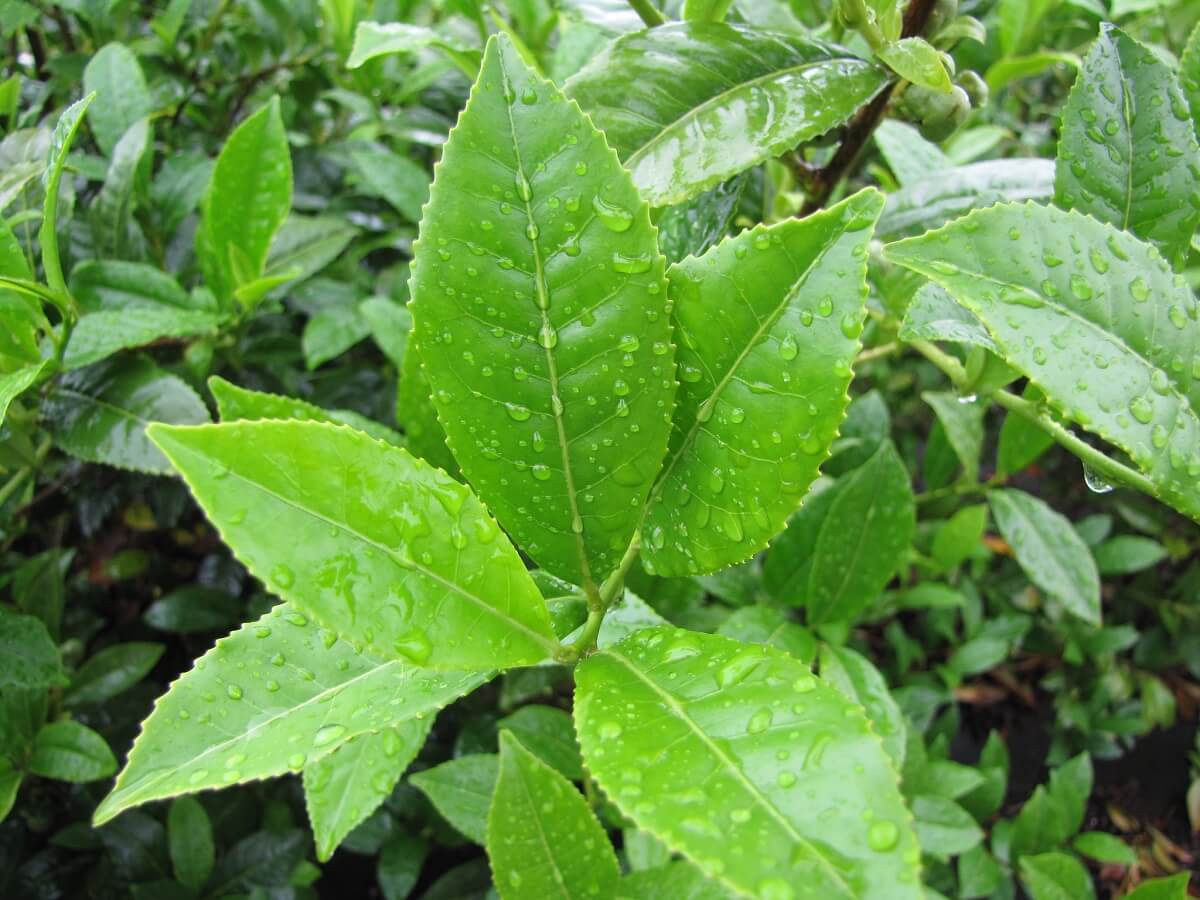
It’s not just about admiring what’s there, but taking care of it and cultivating a nourishing lifeform. And because the flowers and bug-attracting plants play a part, I have a strong sense of obligation to also keep them in tip-top shape.
Related Post: Best Tea Kettle
There are two common types of tea plants.
- Camellia sinensis var. sinensis which is used for white and green tea
- Camellia sinensis var. assamica which is used for black tea
There are also different varietals for each of these species, but different types of tea don’t necessarily come from different kinds of plants. The way you process and make tea largely determines the resulting beverage.
While tea plants may have different growing requirements depending on the specific variety of tea plant, most plants have a few likes and dislikes in common.
Requirements For Growing Tea
A hearty amount of sunlight is necessary for tea plants to produce flower buds, but shade is essential to protect delicate foliage and flowers from the scorching sun, especially during summer month heat waves.
The delicate plants are also vulnerable to shade and large temperature swings. You may need to provide support to tea plants, especially in windy regions.
Tea plants prefer areas with plenty of organic matter, but the soil should drain well because they absolutely hate to be drenched in water. A waterlogged plant won’t last very long, and slightly acidic soil is best. They also prefer light soil that provides plenty of aeration.
USDA Zones For Growing Tea
Tea plants grow best in USDA zones 7, 8, and 9. In colder zones, growing tea outside in containers is possible, but you’ll want to bring plants inside when the weather gets too cold. Container growing is an excellent option for tea plants. Grow tea anywhere, even if you have very little growing space with the help of pots.
You’ll need a handful of plants (2 to 3) if you live in a small household with occasional tea drinkers.
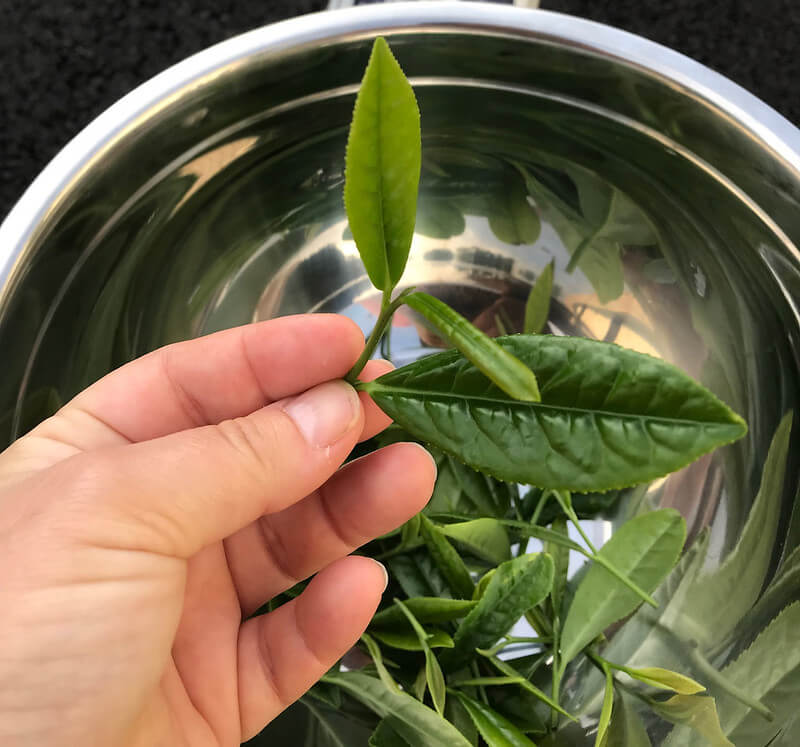
The easiest way to grow a tea plant is to buy a small plant from a nursery or propagate plants from cuttings (which are genetic clones of their parent plant).
You may also grow tea plants from seed, though the process is a lot more involved. It’ll take longer to get to the harvest stage when starting from seed.
Related Post: How To Choose, Collect, And Save Garden Seeds
Tea seeds need soaking for about 24 to 48 hours to germinate. It may take several weeks before germination. Once germinated, you can plant them in small nursery pots. When the plants have their second set of leaves, transplant them to a permanent home (in the garden or in a large container).
How To Take Care Of Tea Plants
Watering should be sparse during the winter months. Still, a regular supply of water is necessary during the primary growing season to ensure the buds form correctly. Irregular watering during the main growing period can cause leaves and flower buds to drop.
When feeding tea plants, care should be taken not to overfeed. Too much fertilizer can kill plants. When in doubt, use an organic fertilizer with a low NPK (the ratio of nutrients: nitrogen, phosphorus, and potassium). Choose slow-release instead of quick-release fertilizers to prevent stressing plants.
Pruning tea plants helps encourage bushy growth. Prune in the spring, so the plant doesn’t exceed 24 inches. Throughout the season (if you continue to harvest) your plant will become bushier.
How To Harvest Tea
You can harvest tea leaves at any point during the growing season, but take fewer leaves from smaller plants.
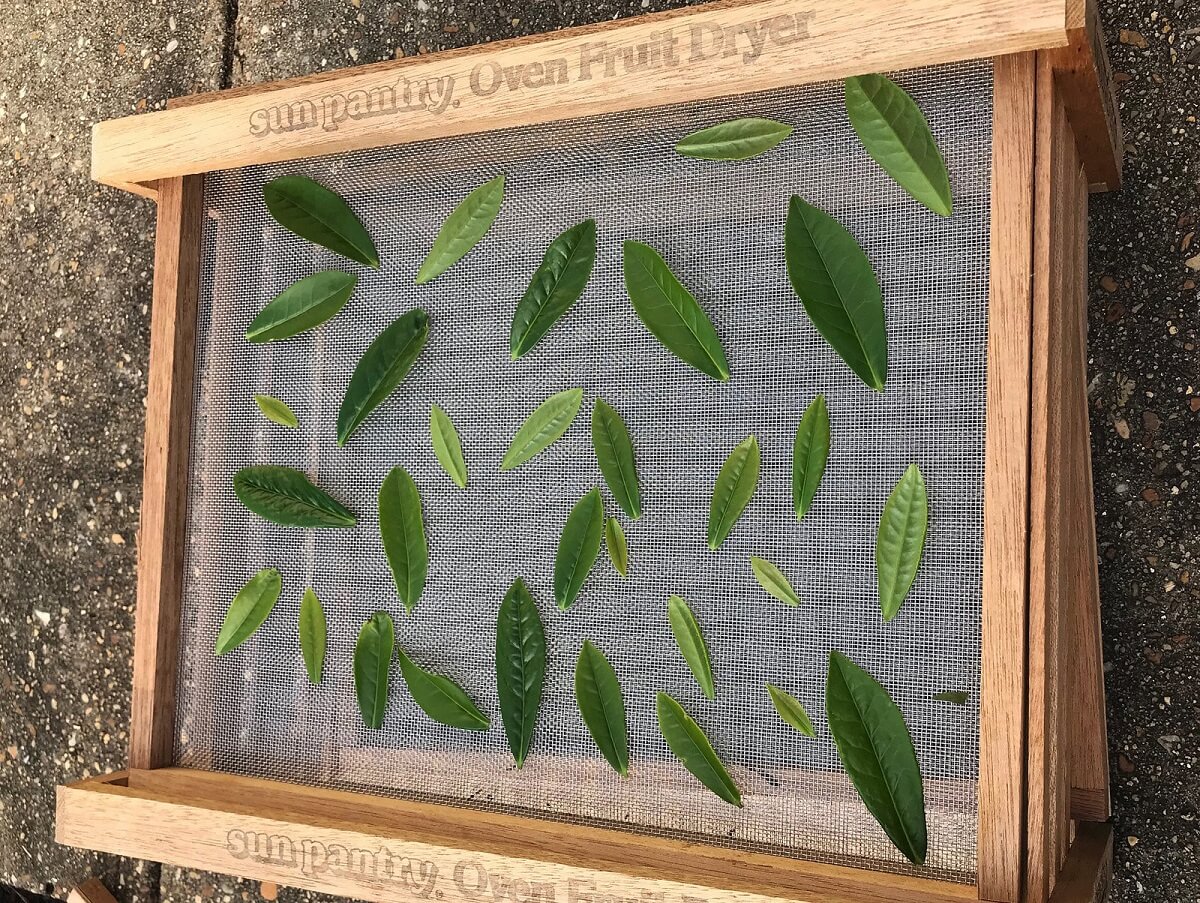
Green leaves are harvested while the plant is still actively growing. In USDA zones 7 to 9, tea leaves are typically harvested from early spring to late summer. To make tea from the leaves of your tea plant, harvest the newest growth of buds and leaves.
How To Make Oolong Tea
- Set harvested leaves to dry and wilt under the sun for 45 minutes.
- Let leaves sit at room temperature for several hours.
- Stir them every so often, spread evenly on a baking sheet.
- Dry the leaves for 20 minutes at 250 degrees Fahrenheit or use a dehydrator.
How To Make Green Tea
- Dry leaves in the shade.
- Steam or roast them.
- Dry them in the oven for 20 minutes at 250 degrees Fahrenheit, or use a dehydrator.
How To Make Black Tea
- Crush harvested leaves in your hands.
- Spread them on a tray.
- Place in a cool spot.
- Leave them for a couple of days.
- Dry the leaves in the oven for 20 minutes at 250 degrees Fahrenheit or use a dehydrator.
Vary the flavor of your tea and experiment a little by changing up drying times.
Can You Grow Tea From Teabags?
Teabags make great little seed starting pods, but you can’t grow tea plants from tea bags unless they contain tea plant seeds — which they don’t. Teabags contain tea plant leaves but not seeds.



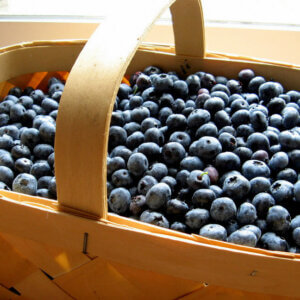
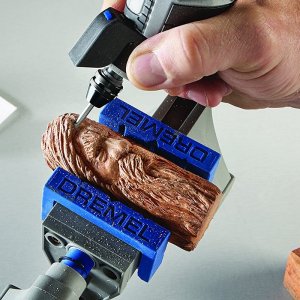





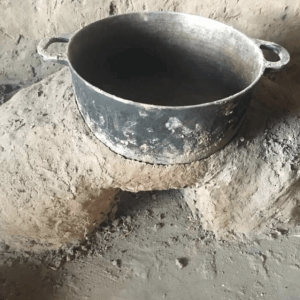
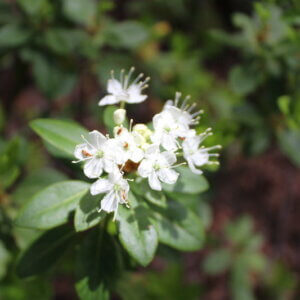
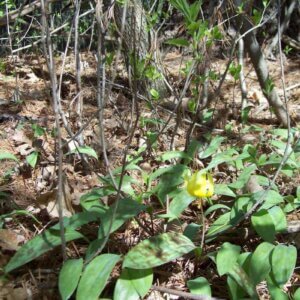

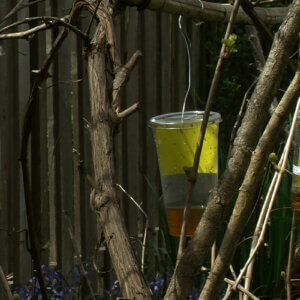




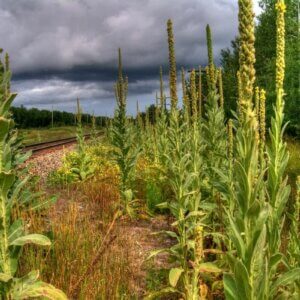

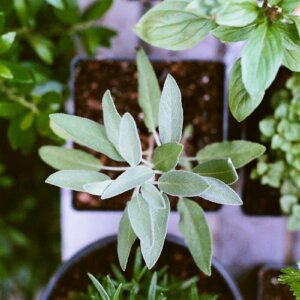

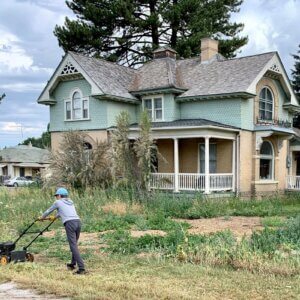
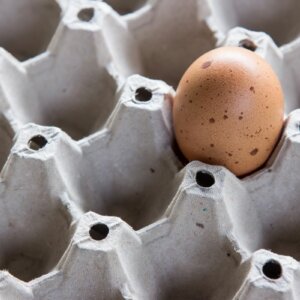



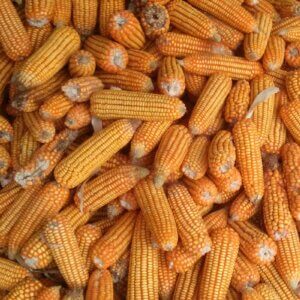



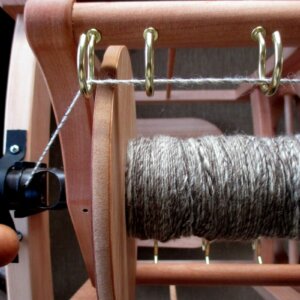
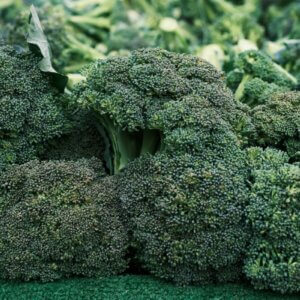





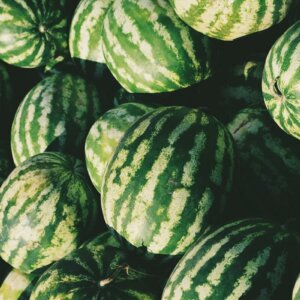


I have many plans for growing tea in a future greenhouse, but haven’t gotten any plants yet (since the greenhouse is still in future-land). Since you raise some plants yourself, where, specifically, did you get them, and are there any growers that you recommend?
Thanks!
Try Logee’s, which has a physical store in Connecticut (I think? I never made it there) and a robust online business.
I’m growing a variety of different herbs in order to make my own type of tea. This was very informative, though! I honestly didn’t realize there was a ‘tea’ plant. Hah!